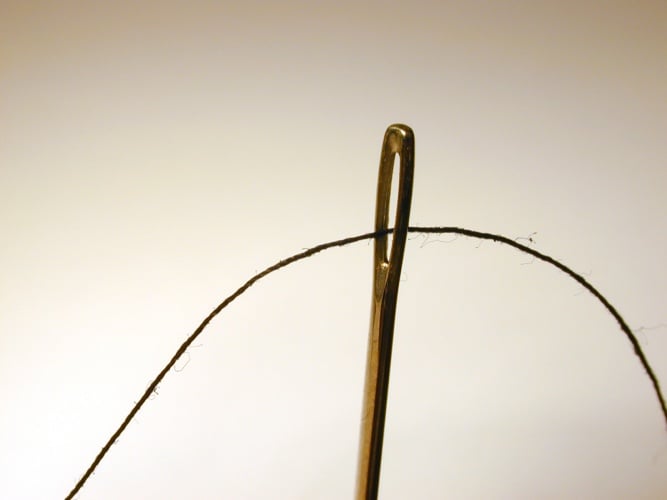Smart thread collects data from patient tissue
Engineers from Tufts University in Massachusetts have developed a medical thread with embedded sensors that can wirelessly transmit diagnostic data to a computer or mobile device.

Published in the journal Microsystems & Nanoengineering, the research details how the team experimented with various types of thread, ranging from simple cotton to complex synthetics. Incorporating nano-scale sensors, electronics and microfluidics, the thread can be sutured through multiple layers of tissue. The physical and chemical sensors collect data measuring pressure, stress, strain and temperature, as well as pH and glucose levels. This data can indicate whether a wound is healing correctly or if an infection is setting in.
"The ability to suture a thread-based diagnostic device intimately in a tissue or organ environment in three dimensions adds a unique feature that is not available with other flexible diagnostic platforms," said Dr Sameer Sonkusale from Tuft’s Department of Electrical and Computer Engineering, one of the paper’s authors.
"We think thread-based devices could potentially be used as smart sutures for surgical implants, smart bandages to monitor wound healing, or integrated with textile or fabric as personalised health monitors and point-of-care diagnostics."
Register now to continue reading
Thanks for visiting The Engineer. You’ve now reached your monthly limit of news stories. Register for free to unlock unlimited access to all of our news coverage, as well as premium content including opinion, in-depth features and special reports.
Benefits of registering
-
In-depth insights and coverage of key emerging trends
-
Unrestricted access to special reports throughout the year
-
Daily technology news delivered straight to your inbox










Water Sector Talent Exodus Could Cripple The Sector
Maybe if things are essential for the running of a country and we want to pay a fair price we should be running these utilities on a not for profit...